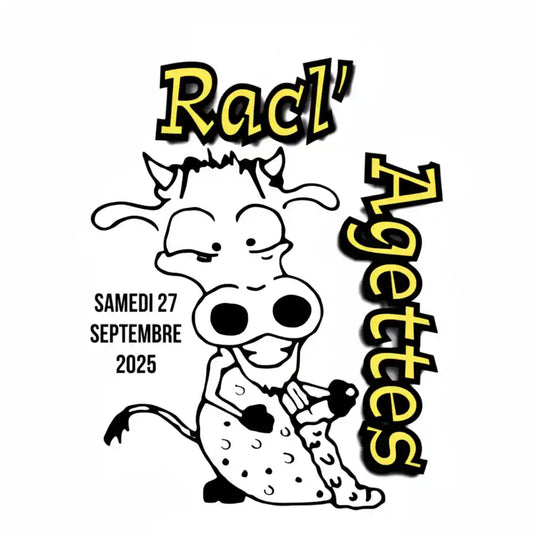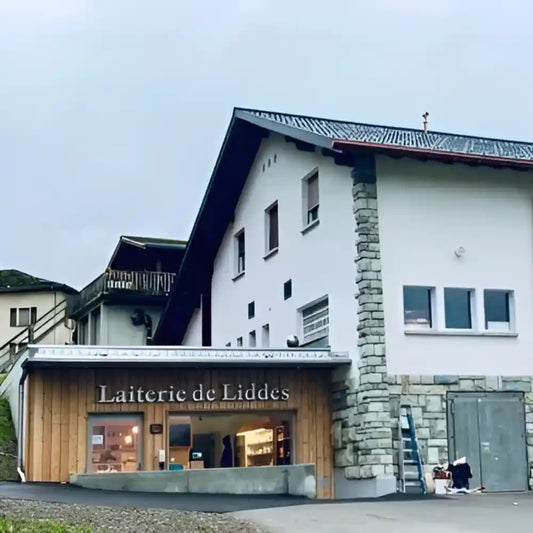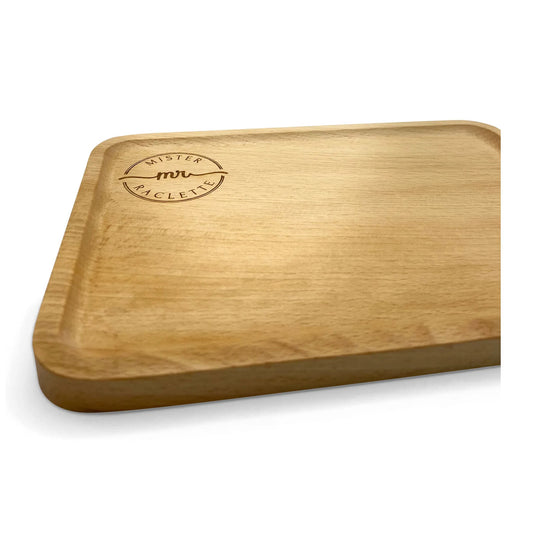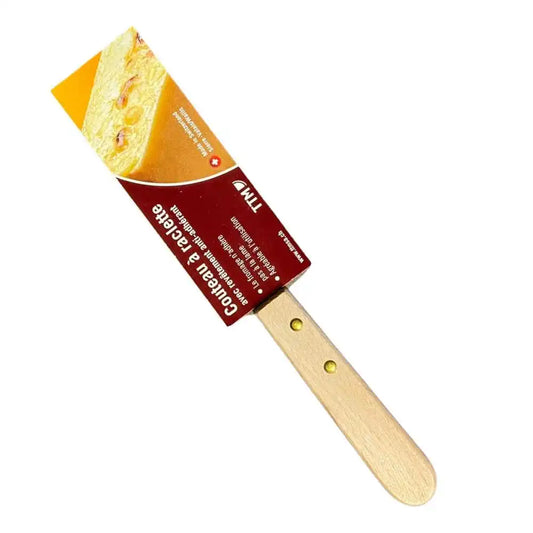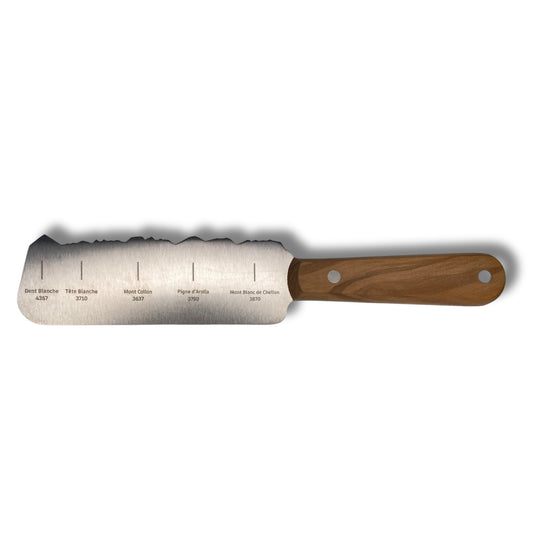Discover the taste of raclette cheese
The robust cows of the
Valais are found in mountain pastures. In particular, the famous Hérens cow, which prefers to graze at altitude. Their milk gives raclette cheese its unique aroma and taste.
Aroma of lowland raclette cheese
Lowland pastures offer a different taste profile. Here, the taste of the cheese reveals predominantly lactic notes.
The forest touch in cheese aroma
In wooded areas, flavors evolve. It gains notes of mushroom, larch and fir.
Altitude and the cheese's floral bouquet
At altitudes of up to 2,400 meters, the cheese surprises with its floral aromas, nicknamed "
flammeurs".
The importance of pasture in cheese aroma
Each pasture brings its own unique signature. The variety of aromas in raclette cheese therefore reflects the richness of Switzerland's terrain.
Seasonality influences the taste of raclette cheese
Each season transforms the pastures and, consequently, the taste of the cheese. In spring, for example, fresh, herbaceous notes dominate. Then, in summer, the flavors become sweeter and more flowery. Autumn brings richer, earthier nuances. Finally, winter offers a fuller-bodied cheese, with a denser texture.
The role of maturation time in cheese aroma
Maturing time plays a crucial role in the evolution of cheese aroma. A young raclette cheese will have mild, creamy notes. Over time, flavors become more complex, revealing hints of nuts, caramel and even spicy nuances. It's a real taste journey for the consumer to enjoy.
Tips for enjoying raclette cheese
To truly appreciate the aroma of raclette cheese, we recommend serving it at room temperature. Accompanying it with a good dry white Valais wine accentuates its flavors, turning every bite into a memorable tasting moment.



